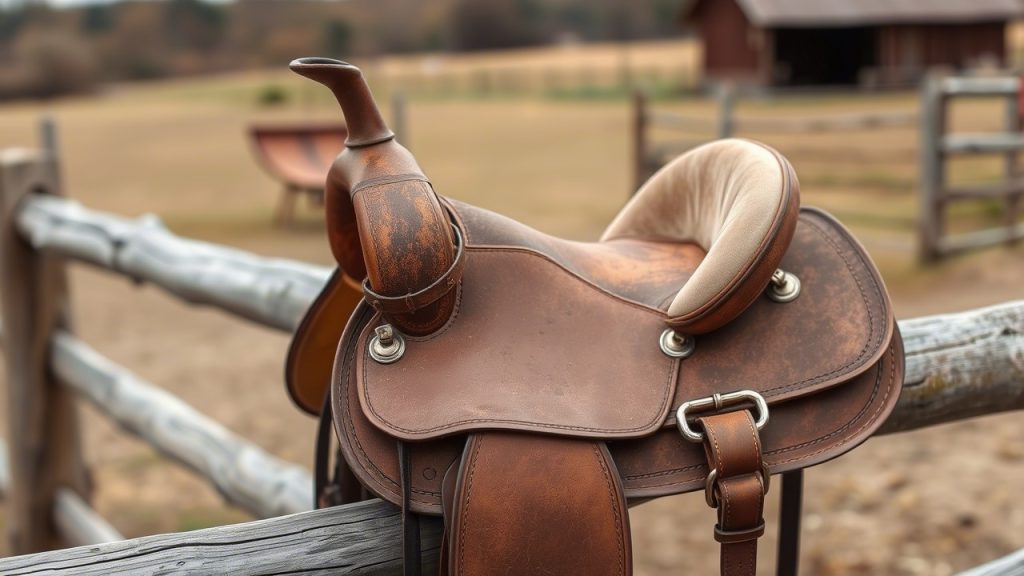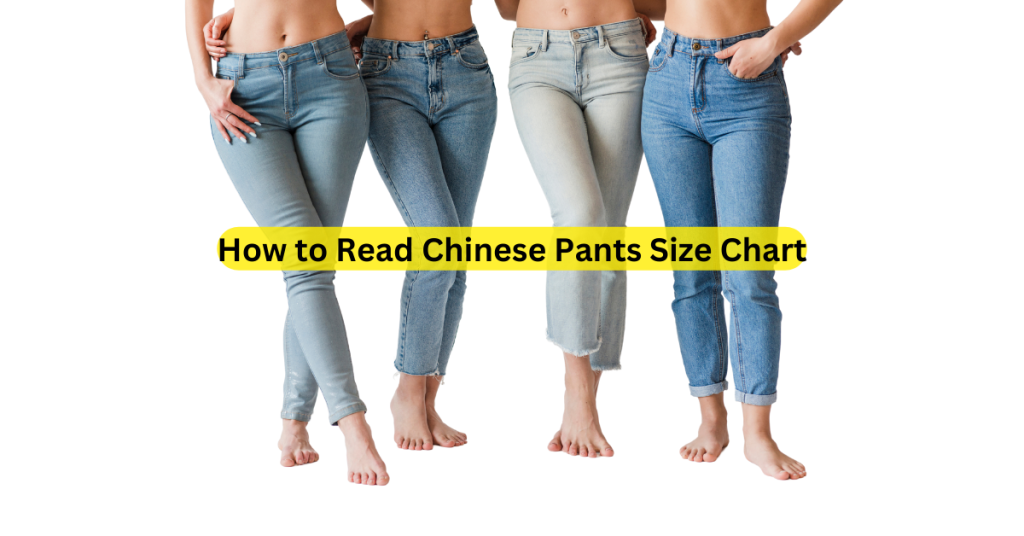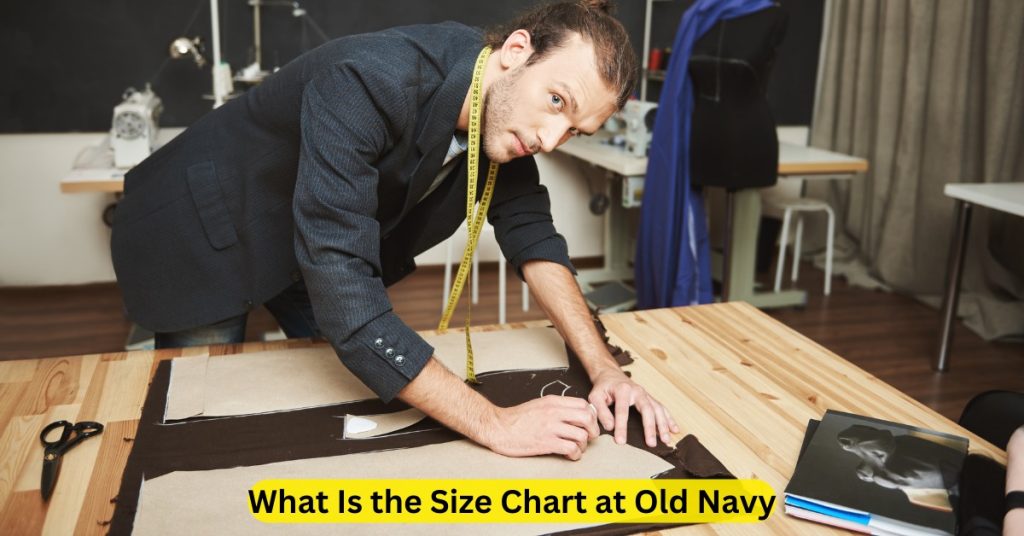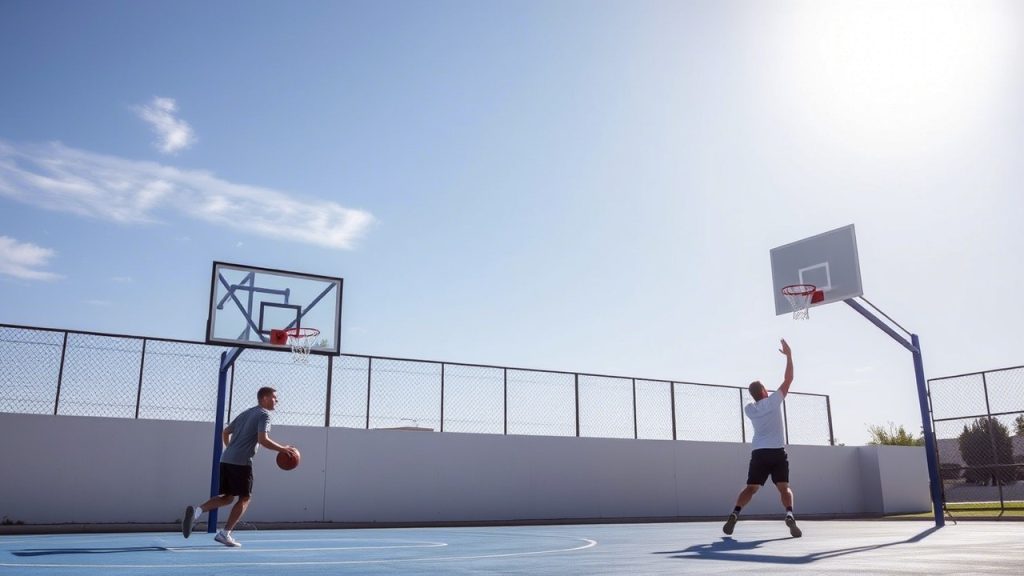Horseback riding is a rewarding and exhilarating activity that fosters a deep connection between rider and horse. However, for many equestrians, back pain can be a significant barrier to enjoying time in the saddle. Whether caused by repetitive stress, poor posture, or an ill-fitting saddle, back pain affects riders of all levels, with research indicating up to 86% of riders report low back pain due to high-impact loads and repetitive motions.
The right saddle can make a profound difference by providing proper support, shock absorption, and alignment for the rider’s spine. We review the 10 best horse riding saddles to minimize back pain this month, focusing on features like deep seats, gel padding, adjustable fit, and ergonomic design. Drawing on insights from experts like Dr. James Warson, author of The Rider’s Pain-Free Back, we’ve curated a list to help you ride comfortably and pain-free. We’ve also included 9 FAQs to address common concerns and guide your purchase.
Why Saddle Choice Matters for Back Pain
Back pain in riders often stems from the repetitive concussion of riding, particularly in disciplines like Western riding, where riders sit all gaits, or dressage, which demands a straight, stable posture. The lumbar region, comprising the lower five vertebrae, bears significant stress, leading to issues like ligament tightening, sacroiliac joint pain, or muscle strain. An ill-fitting saddle can worsen these problems by tilting the pelvis, restricting hip mobility, or failing to absorb shock, increasing pressure on the rider’s spine. Key saddle features that help minimize back pain include:
- Deep or Padded Seats: These cradle the rider and reduce pressure on the lower back.
- Shock-Absorbing Materials: Gel, memory foam, or air systems dampen concussion.
- Proper Fit for Rider and Horse: A well-fitted saddle ensures balanced weight distribution and prevents rider crookedness.
- Adjustable Features: Customizable gullets, panels, or blocks allow for a tailored fit.
- Ergonomic Design: Saddles that promote a neutral pelvis and flexible hip movement reduce strain.
With these factors in mind, we’ve selected 10 saddles that prioritize rider comfort and spinal health, drawing on user reviews, expert recommendations, and research from sources like ThinLine Global and Kentucky Equine Research.
The 10 Best Horse Riding Saddles to Minimize Back Pain
1. Acerugs Western Pleasure Trail Saddle with Crystals
The Acerugs Western Pleasure Trail Saddle with Crystals is our top pick for riders seeking relief from lower back pain, as highlighted by OwntheHorse.com. This Western saddle features a deep, padded suede seat that supports the rider’s lower back in a neutral position, reducing strain. The extra padding absorbs shock, making it ideal for long trail rides or pleasure riding.
Key Features:
- Deep suede seat with extra padding for shock absorption.
- 100% cowhide leather with silver crystal accents for durability and style.
- Fiberglass tree for lightweight strength.
- Padded stirrups to reduce joint stress.
- Multiple rigging options for saddle stability.
Why It Minimizes Back Pain: The deep seat aligns the pelvis correctly, reducing lumbar pressure, while the padding cushions against the concussion of riding. The padded stirrups alleviate strain on the hips and lower back, promoting a relaxed posture.
Best For: Western riders with chronic lower back pain.
Price Range: $600–$900
Where to Buy: Amazon.com, Acerugs’ official website, or PangoVet.com.
Tester Feedback: “This saddle has been a lifesaver for my back. The deep seat and padding make long rides pain-free.” – Amanda, trail rider.
2. Bates Innova Mono+ with CAIR
The Bates Innova Mono+ with CAIR is a premium English saddle designed for dressage and general-purpose riding. Its CAIR Cushion System and deep, padded seat provide exceptional shock absorption, reducing the impact on the rider’s spine. The adjustable Flexibloc system supports a balanced, upright posture.
Key Features:
- CAIR Cushion System for superior shock absorption.
- Deep, padded seat with a narrow twist for pelvic alignment.
- Adjustable Flexibloc system for customizable leg support.
- Easy-Change Gullet System for a tailored horse fit.
- High-quality leather for grip and durability.
Why It Minimizes Back Pain: The CAIR system dampens jarring motions, while the deep seat and narrow twist promote a neutral pelvis, reducing lumbar strain. The adjustable features ensure a proper fit, minimizing rider crookedness.
Best For: Dressage riders or those with lumbar pain.
Price Range: $2,000–$2,800
Where to Buy: StateLineTack.com, Bates Saddles, or certified saddle fitters.
Tester Feedback: “My lower back pain vanished after switching to this saddle. The CAIR system is a game-changer.” – Claire, dressage enthusiast.
3. Wintec Pro HART Dressage Saddle
The Wintec Pro HART Dressage Saddle is a synthetic saddle with the HART (Horse and Rider Technology) system, featuring a deep seat and adjustable panels for optimal comfort. Its lightweight design and suede-effect seat enhance grip and reduce rider fatigue.
Key Features:
- HART system with adjustable panels and gullet for a custom fit.
- Deep, suede-effect seat for grip and support.
- Lightweight synthetic material for easy maintenance.
- Ergonomic stirrup bars to reduce hip and back strain.
- Four girthing options for saddle stability.
Why It Minimizes Back Pain: The deep seat supports the rider’s lower back, while the HART system ensures a balanced fit, reducing pelvic tilt and spinal stress. The lightweight design minimizes fatigue, which can exacerbate back pain.
Best For: Dressage riders on a budget.
Price Range: $800–$1,200
Where to Buy: Amazon.com, Schneiders Saddlery, or Wintec’s website.
Tester Feedback: “This saddle keeps me aligned and comfortable, even during long dressage sessions.” – Sophie, amateur rider.
4. Tucker Gen II High Plains Trail Saddle
The Tucker Gen II High Plains Trail Saddle is a Western saddle built for long-distance trail riding. Its gel-cushioned seat and memory foam padding provide superior shock absorption, making it ideal for riders with back pain caused by prolonged sitting.
Key Features:
- Gel-cushioned seat with memory foam for comfort.
- Dropped rigging for even weight distribution.
- Flexible fenders to reduce knee and hip strain.
- Reinforced fiberglass tree for durability.
- Multiple D-rings for gear attachment.
Why It Minimizes Back Pain: The gel cushion and memory foam absorb shock, reducing spinal concussion. The deep seat and high cantle support a neutral posture, while flexible fenders allow a relaxed leg position, easing lower back tension.
Best For: Trail riders with chronic back pain.
Price Range: $2,000–$3,000
Where to Buy: HorseandRider.com, Tucker Saddles, or Western tack stores.
Tester Feedback: “I can ride for hours without back pain thanks to the gel seat and supportive design.” – Laura, endurance rider.
5. Albion SLK Dressage Saddle
The Albion SLK Dressage Saddle is a high-end option for riders with high-withered horses, such as Thoroughbreds. Its deep seat and adjustable panels promote a balanced, upright posture, reducing strain on the rider’s lower back.
Key Features:
- Deep seat with a narrow twist for pelvic alignment.
- Adjustable panels and gullet for a custom fit.
- Thoroughbred-specific tree for high-withered horses.
- Premium leather for grip and durability.
- Low-profile design for close contact.
Why It Minimizes Back Pain: The deep seat and narrow twist align the pelvis correctly, reducing lumbar pressure. Adjustable panels ensure a stable fit on the horse, minimizing rider crookedness and back strain.
Best For: Dressage riders with high-withered horses.
Price Range: $2,800–$4,000
Where to Buy: The Saddle Bank, Albion Saddles, or certified saddle fitters.
Tester Feedback: “This saddle has eliminated my back pain during dressage. The deep seat keeps me perfectly aligned.” – Hannah, competitive rider.
6. Cashel Soft Saddle G2
The Cashel Soft Saddle G2 is a treeless saddle designed for riders seeking maximum flexibility and comfort. Its soft, padded seat and lack of a rigid tree allow the rider to move with the horse, reducing spinal stress.
Key Features:
- Treeless design for flexibility and close contact.
- Soft, padded seat for shock absorption.
- Lightweight at under 6 pounds.
- Adjustable stirrups for a custom leg position.
- Non-slip underside for saddle stability.
Why It Minimizes Back Pain: The treeless design allows the rider’s pelvis to move naturally with the horse, reducing lumbar strain. The padded seat cushions against concussion, ideal for riders with chronic back pain.
Best For: Riders with severe back pain or those preferring treeless saddles.
Price Range: $300–$500
Where to Buy: HorsesAfield.com, Cashel’s website, or Amazon.com.
Tester Feedback: “As someone with disc issues, this saddle is a miracle. It’s so soft and flexible.” – Emma, recreational rider.
7. Kent & Masters S-Series Dressage Saddle
The Kent & Masters S-Series Dressage Saddle is designed for riders seeking a deep seat and adjustable fit. Its moveable knee blocks and changeable gullet system ensure a customized riding position that minimizes back pain.
Key Features:
- Deep seat with moveable knee blocks for support.
- Changeable gullet system for a custom horse fit.
- Wool-flocked panels for shock absorption.
- Durable leather with a grippy texture.
- High-wither or standard tree options.
Why It Minimizes Back Pain: The deep seat and moveable blocks promote a balanced, upright posture, reducing lumbar strain. Wool flocking absorbs shock, and the adjustable fit prevents saddle slip, which can cause rider crookedness.
Best For: Dressage riders with varied horse conformations.
Price Range: $1,500–$2,200
Where to Buy: The Saddle Bank, Kent & Masters retailers, or saddle fitters.
Tester Feedback: “This saddle has transformed my riding. My back feels supported, and I’m pain-free.” – Olivia, dressage rider.
8. Mac Rider Challenge Dressage Saddle
The Mac Rider Challenge Dressage Saddle is noted for its back-friendly design, as reported by riders on Chronicle Forums. Its flatter seat and open design reduce pelvic tilt and allow for a more relaxed posture, ideal for riders with chronic back pain.
Key Features:
- Flatter seat for reduced pelvic tilt.
- Open design for freedom of movement.
- Adjustable gullet and panels for a custom fit.
- Soft leather for comfort and grip.
- Narrow twist for pelvic alignment.
Why It Minimizes Back Pain: The flatter seat prevents forward pelvic tilt common in deep dressage saddles, reducing lumbar strain. The open design allows hip flexibility, easing back tension.
Best For: Dressage riders with lumbar or sacroiliac pain.
Price Range: $2,000–$3,000
Where to Buy: Mac Rider’s website, The Saddle Bank, or specialty retailers.
Tester Feedback: “I tried this saddle and noticed my back pain disappeared. The flatter seat is perfect.” – Jessica, dressage rider.
9. Schleese Wave Dressage Saddle
The Schleese Wave Dressage Saddle is designed with rider ergonomics in mind, particularly for female riders, as emphasized by saddle fitting expert Jochen Schleese. Its adjustable seat and stirrup bar placement promote a neutral pelvis and reduce back strain, making it ideal for riders with lumbar or sacroiliac issues.
Key Features:
- Adjustable seat width and twist for rider comfort.
- Ergonomic stirrup bar placement for leg alignment.
- Wool-flocked panels for shock absorption.
- Customizable fit for horse and rider.
- Soft leather for grip and comfort.
Why It Minimizes Back Pain: The adjustable design ensures a proper fit, reducing pelvic tilt and rider crookedness. Wool flocking absorbs shock, and ergonomic stirrup bars minimize hip and back strain, providing relief for riders with chronic pain.
Best For: Female dressage riders with back pain.
Price Range: $3,000–$4,500
Where to Buy: Schleese.com, certified saddle fitters, or The Saddle Bank.
Tester Feedback: “This saddle is a dream for my back. The custom fit makes all the difference.” – Megan, competitive rider.
10. Contour Saddlery Motion Saddle
The Contour Saddlery Motion Saddle, developed by Natural Horseman Saddles, is engineered for dynamic movement, allowing the horse’s back to lift without restriction. Its flexible tree and padded seat support a balanced rider position, reducing back pain.
Key Features:
- Flexible tree for horse and rider comfort.
- Padded seat for shock absorption.
- Customizable interface with pads and shims.
- Lightweight design for reduced fatigue.
- Close-contact flap for better communication.
Why It Minimizes Back Pain: The flexible tree allows the rider to move with the horse, reducing spinal stress. The padded seat and customizable fit ensure a balanced posture, minimizing lumbar strain and enhancing comfort during long rides.
Best For: Riders seeking a dynamic, back-friendly saddle for multiple disciplines.
Price Range: $1,800–$2,500
Where to Buy: NaturalHorsemanSaddles.com or specialty retailers.
Tester Feedback: “This saddle lets me move fluidly with my horse, and my back feels great.” – Ryan, trail and dressage rider.
How We Chose These Saddles
Our selection process was thorough and rider-focused, based on the following criteria:
- Back Pain Relief Features: Deep seats, shock-absorbing materials (gel, foam, air), and ergonomic designs to reduce spinal stress.
- Fit and Adjustability: Customizable gullets, panels, or blocks to ensure a tailored fit for rider and horse, preventing misalignment.
- Material Quality: Durable leather or synthetics with grippy, supportive textures for comfort and longevity.
- User and Expert Feedback: Real-world reviews from riders, saddle fitters, and experts like Dr. James Warson, alongside forums like Horse and Hound and Chronicle Forums.
- Discipline Suitability: Options for Western, dressage, trail, and general-purpose riding to cater to diverse needs.
- Price vs. Value: Balancing cost with features and durability to suit various budgets.
We consulted reputable sources, including ThinLine Global, Kentucky Equine Research, and rider discussions, to ensure our picks address real-world back pain concerns and reflect the latest equestrian trends.
Tips for Choosing a Saddle to Minimize Back Pain
- Work with a Saddle Fitter: A professional fitter ensures the saddle fits both you and your horse, reducing pain from poor alignment or saddle slip.
- Test Ride Thoroughly: Trial the saddle during various gaits to assess comfort and back support, paying attention to pelvic alignment.
- Prioritize Shock Absorption: Choose saddles with gel, memory foam, or air systems to dampen concussion and protect your spine.
- Adjust Stirrup Length: Shorter stirrups can increase back strain; set stirrups for a relaxed leg position to ease lumbar pressure.
- Incorporate Stretching: Pre- and post-ride stretches for hips, hamstrings, and lower back enhance saddle comfort and reduce pain.
- Strengthen Your Core: Regular core exercises like yoga or Pilates improve posture, stabilize your pelvis, and alleviate back strain.
- Consider Therapeutic Pads: Pads with gel or memory foam, such as ThinLine or Impact Gel, can complement your saddle for added shock absorption.
Frequently Asked Questions
1. How does a saddle help minimize back pain?
A saddle with a deep or padded seat, shock-absorbing materials, and proper fit aligns the rider’s pelvis, reduces spinal concussion, and minimizes strain on the lower back, promoting pain-free riding.
2. Can an ill-fitting saddle cause back pain?
Yes, an ill-fitting saddle can tilt the pelvis, cause rider crookedness, or fail to absorb shock, leading to increased pressure on the spine and back pain for both rider and horse.
3. Are treeless saddles better for back pain?
Treeless saddles, like the Cashel Soft Saddle G2, allow natural pelvic movement, reducing lumbar strain. However, they may not suit all riders or horses, so consult a fitter to ensure compatibility.
4. How often should I check my saddle’s fit?
Check saddle fit every 6 months, as horses’ shapes change with age, diet, or training. Regular checks prevent discomfort and back pain caused by an ill-fitting saddle.
5. Do Western saddles cause more back pain than English saddles?
Western saddles can increase back pain for riders who sit all gaits, as constant concussion jars the spine. Padded Western saddles, like the Acerugs or Tucker Gen II, mitigate this with shock-absorbing features.
6. Can saddle pads help with back pain?
Yes, therapeutic saddle pads with gel or memory foam, such as ThinLine or Impact Gel, absorb shock and support both rider and horse, reducing back pain when paired with a well-fitted saddle.
7. Are expensive saddles worth it for back pain relief?
High-end saddles like the Bates Innova or Schleese Wave offer superior fit, shock absorption, and ergonomic design, making them worthwhile for frequent riders with chronic back pain. Budget options like Wintec are suitable for casual riders.
8. How can I improve my posture to reduce back pain?
Maintain a straight ear-shoulder-hip-heel alignment, relax in the saddle, and strengthen core muscles through exercises like yoga or Pilates to stabilize your pelvis and reduce back strain.
9. Should I consult a doctor for back pain before riding?
If you experience chronic or sharp back pain, consult a doctor or physical therapist to identify the cause and recommend exercises or treatments before resuming riding, ensuring safety and comfort.
Conclusion
Back pain doesn’t have to derail your love for horseback riding. The right saddle can transform your experience by reducing spinal stress, aligning your posture, and absorbing shock. From the budget-friendly Acerugs Western Pleasure Saddle to the premium Schleese Wave Dressage Saddle, our top 10 picks offer solutions for every rider, discipline, and budget.
By prioritizing fit, shock absorption, and ergonomic design, you can ride longer and more comfortably. Complement your saddle with a professional fitting, therapeutic pads, and core-strengthening exercises for optimal relief. Consult a saddle fitter, test your top choices, and take the first step toward pain-free riding this month. Happy trails!





